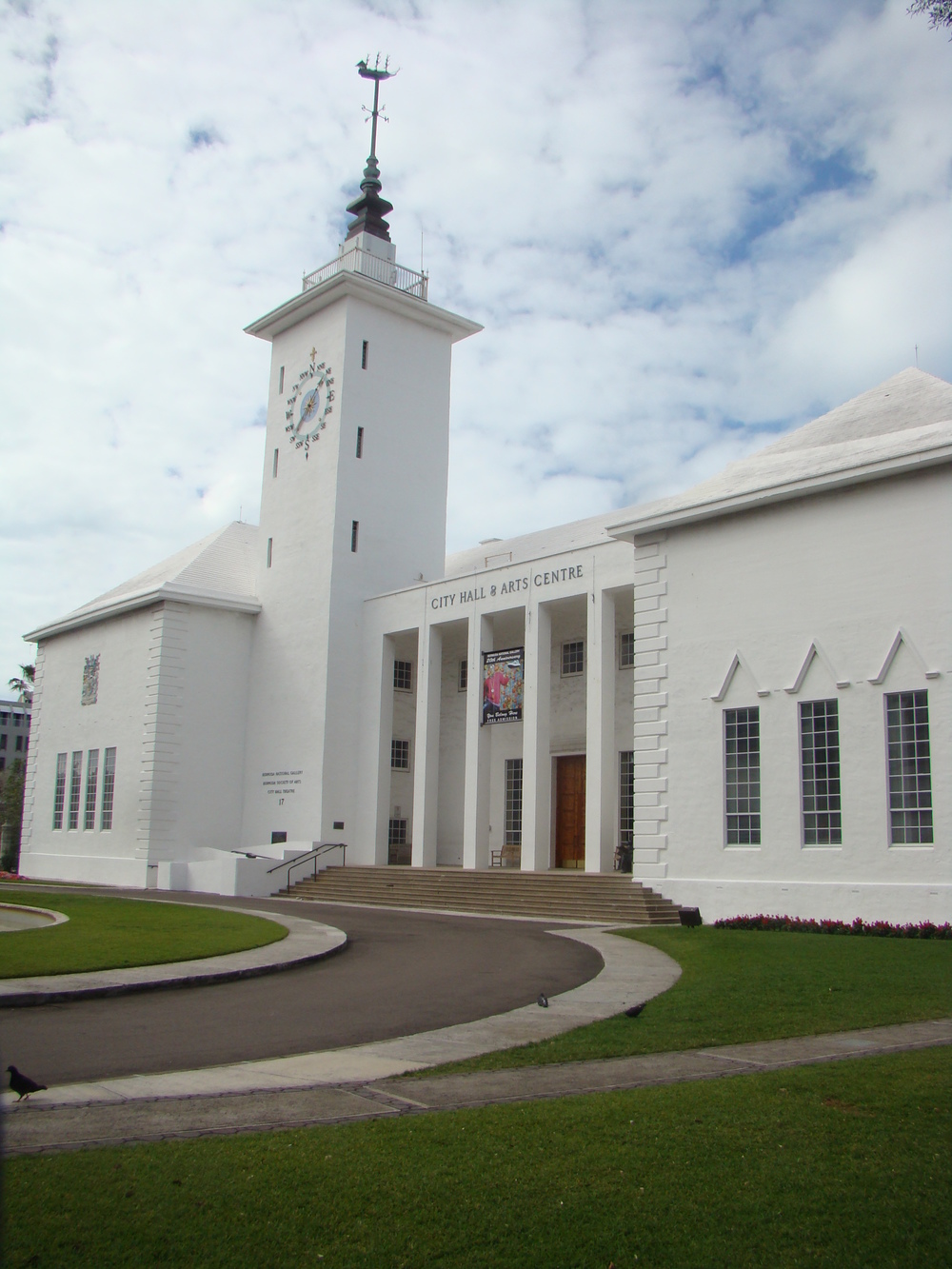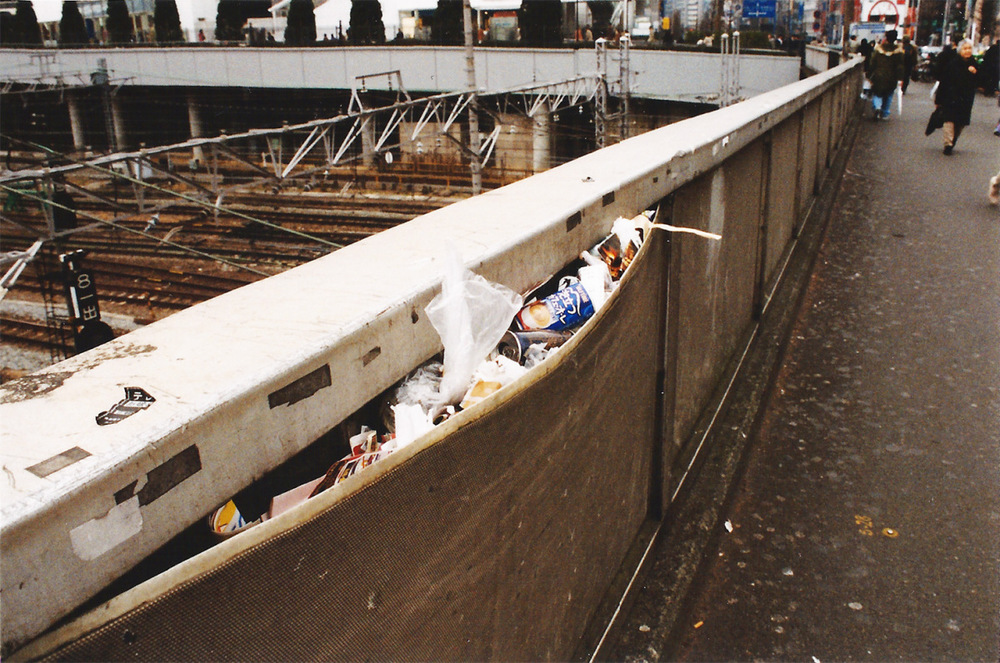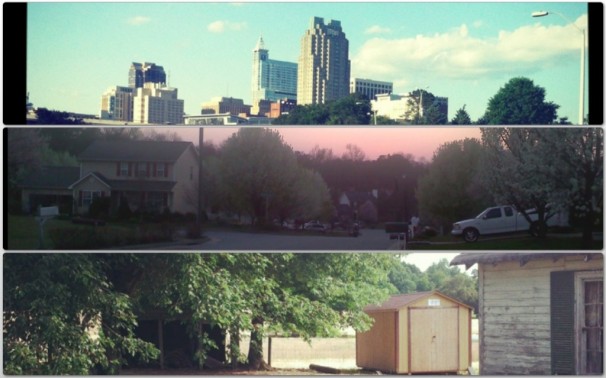budgets are us...
/There is a relatively new trend in the arena of local governance and it's the concept of participatory budgeting. In this scheme, residents of an area are given a direct role in deciding on the budget spend for their neighbourhood. In other words, the residents decide what is important to them and the local government uses a portion of its budget to accommodate that action, event or structure. The allocation can be up to 20% of the municipality's budget.

Participatory budgeting does not involve a complete handover of the budget process to voters; rather, a portion of the budget, generally for one-off, non-essential projects, is set aside for this process. As outlined on Shareable by Mira Luna in the article Participatory Budgeting: Sharing Power Over Public Resourses, the steps include the following:
- A government and/or nonprofit develops the 1st year participatory budgeting process.
- The government approves the amount of the budget to be turned over to the voters.
- Neighborhood assemblies are organized and meet to determine budget categories (public safety, education, health, environment, sanitation, etc.) and who will be making project proposals to the community, either on a city-wide or district/neighborhood basis.
- Proposals are developed in collaboration with nonprofits, technical experts and government officials.
- Proposals are presented, publicized, discussed and voted on by everyone eligible in the community (usually more inclusive criteria for voting than electoral voting).
- The process is refined to achieve greater budget inclusion, transparency, diversity, participation, and quality of proposals.
Toronto Community Housing actually gives over its capital budget (some $9 million) to its tenants, who use the participatory budgeting approach for decision-making.
This is an exciting way to promote civic engagement and participation and, of course, true democracy. It would be interesting to see it happen in Bermuda.
Alexander Lange writes for The Design Observer Group. This is a brief account of her first experience with participatory budgeting as a voter. I thought it handy to update this blog post with a link to her article, What it Costs (to Buy a Bench, to Extend a Curb). Interesting...



